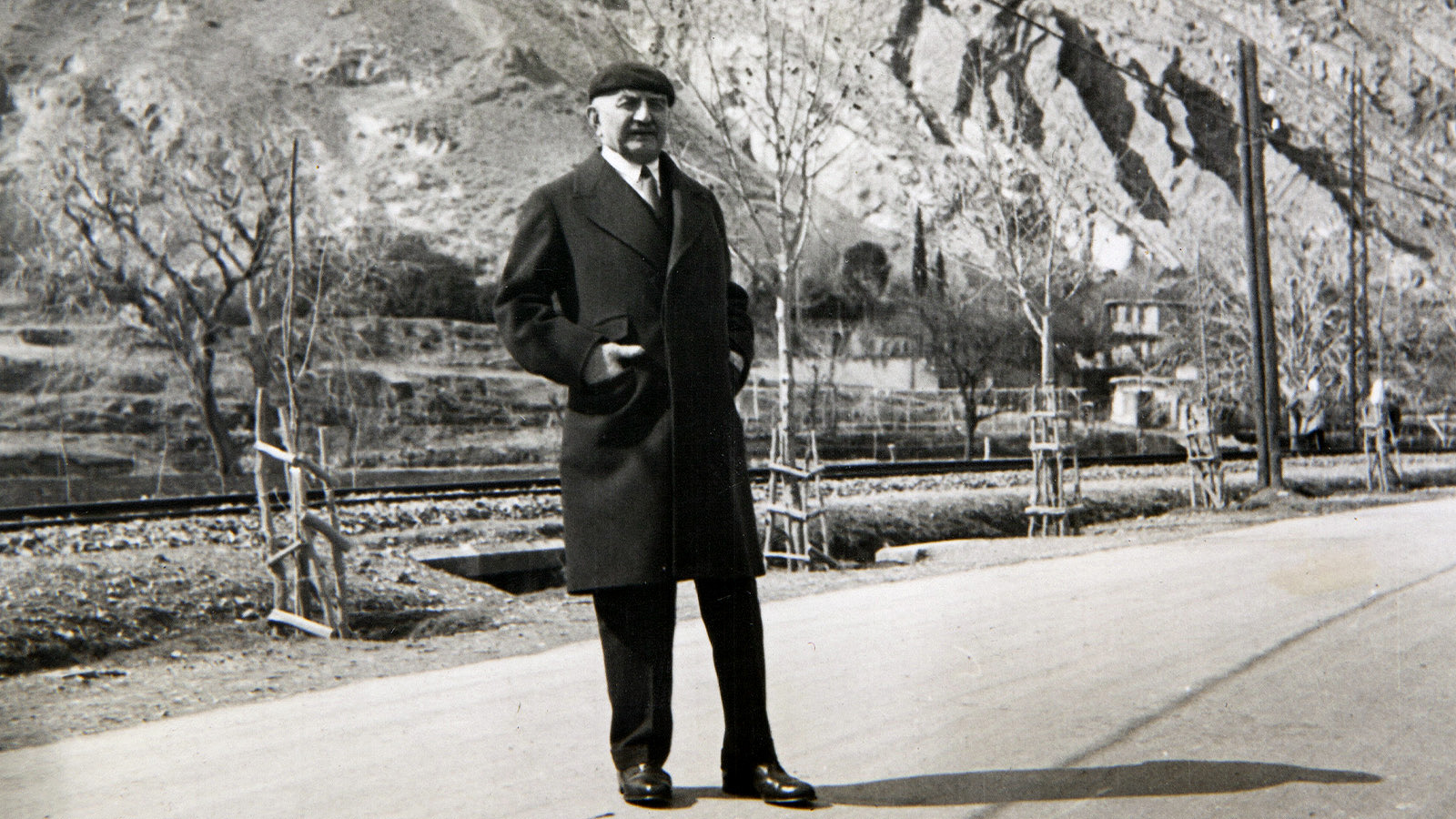Calouste Gulbenkian’s journey to Jerusalem
Despite his tireless dedication to the business world, Calouste Gulbenkian understood and recognised the value of leisure travel, often opting for trips with a strong artistic and cultural dimension.
In this spirit, between 3 January and 21 February 1934, the Armenian tycoon embarked on one of the most memorable journeys of his life. Passing through Rome and Naples, from where he set sail aboard the yacht Ausonia, Gulbenkian visited various parts of Egypt before moving on to the cities of Jerusalem, Damascus, Baalbek and Beirut. He was accompanied on this tour by Marcelle Chanet, curator of his art collection, Mehmed Ousta, his private chef, Pierre, his valet de chambre, and the physician Dr. Mélik.
Jerusalem, at that time administered by the British Mandate for Palestine, was an unmissable stop. Travelling from Cairo to El Qantara and crossing the Suez Canal, Gulbenkian arrived in Jerusalem by train on 9 February. He intended to keep a low profile, as was his usual custom, declining any kind of official reception. However, even before arriving in the city, he was surprised by an envoy from the Armenian Patriarch of Jerusalem, Torkom Koushagian, who was eagerly awaiting the patriarchate’s main benefactor.
In Jerusalem, Gulbenkian stayed at the luxurious King David Hotel, which had opened a few years earlier. Accustomed to the best hotels in the world, he was not entirely convinced by the level of comfort, nor the quality of the food. By contrast, he was captivated by the sheer beauty and poetry of the view from his room, looking over the Garden of Gethsemane and the Mount of Olives. The biblical landscape continued to have a similar effect on him throughout his time there, and he mentions successive encounters with ‘pages of Sacred History’ in his travel diary.
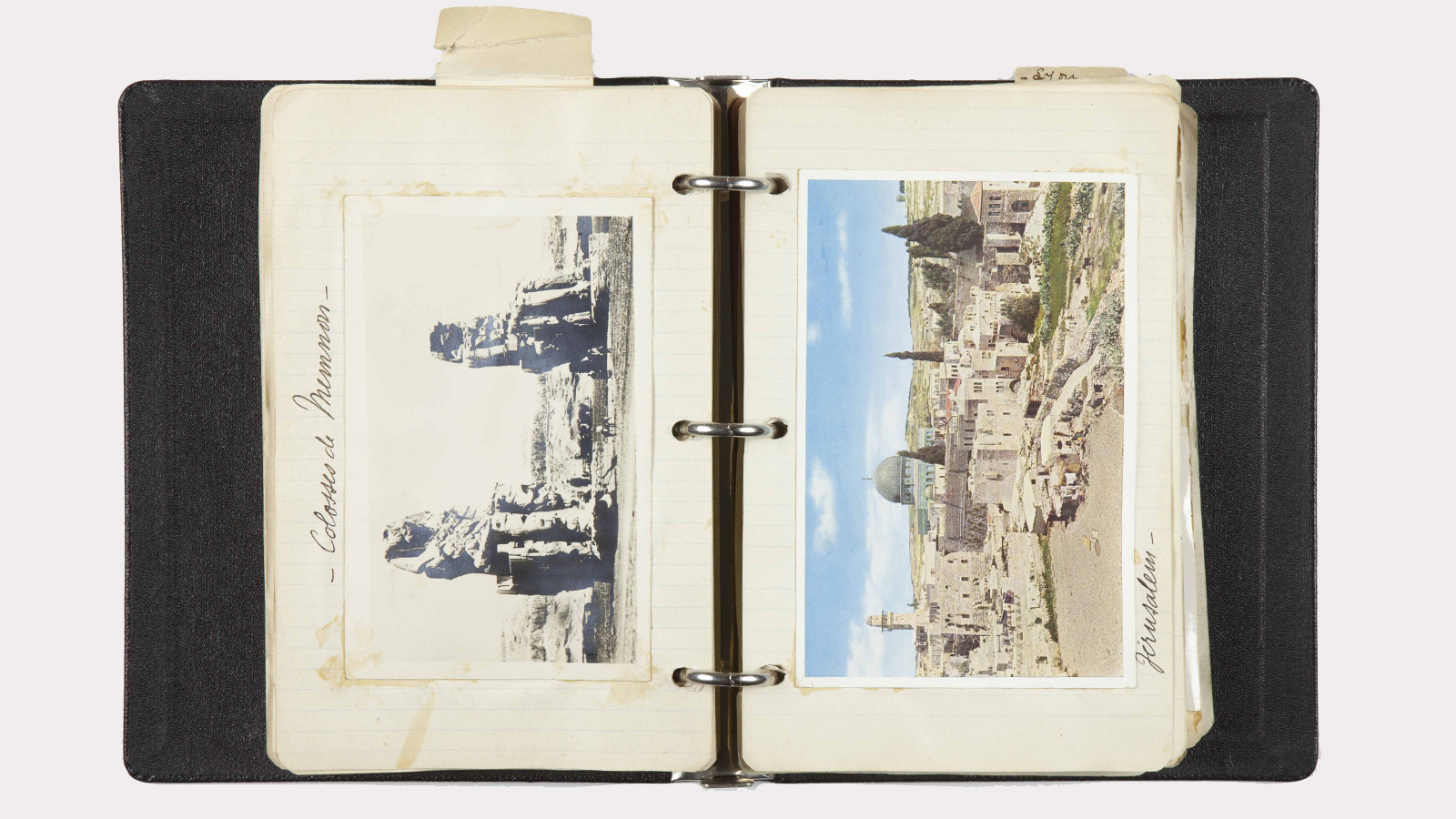

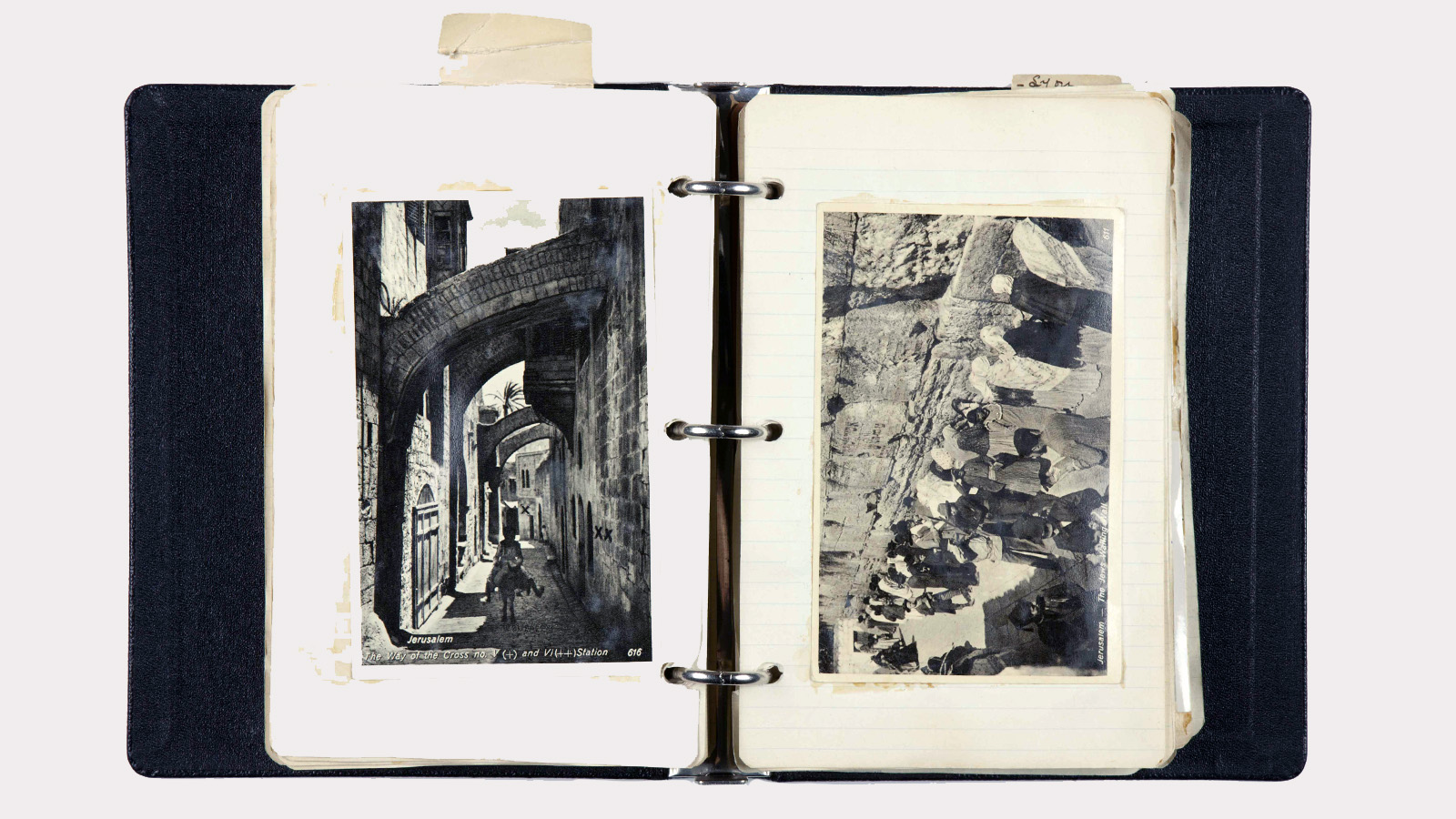
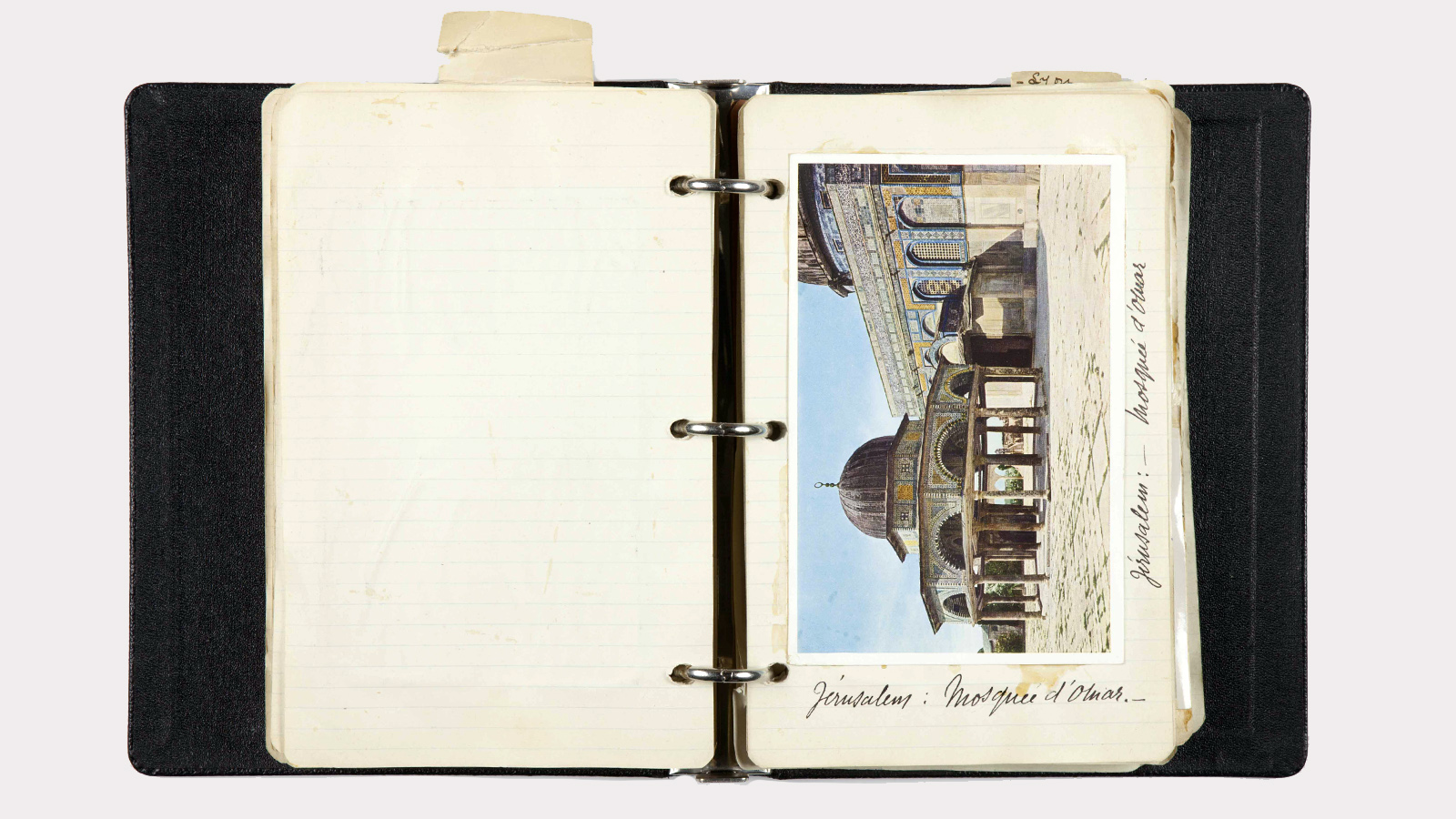
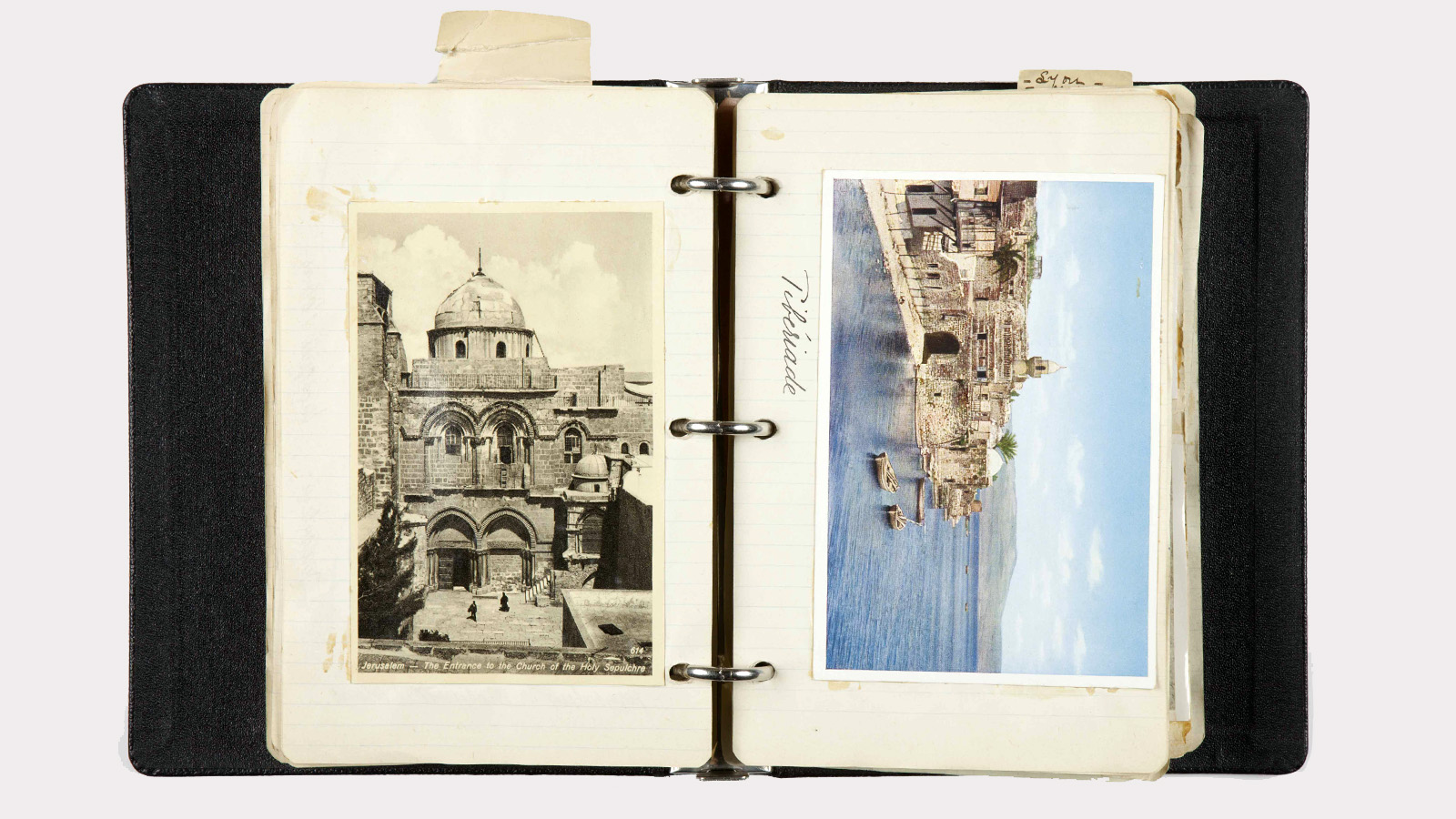
The first day was extremely eventful, starting at the Basilica of the Holy Sepulchre. There, Gulbenkian admired a painting hanging above the entrance to the Aedicule, the burial place of Christ, which evoked the memory of his ancestors. The work, depicting the Resurrection, bears an inscription in Armenian commemorating the offering: ‘In remembrance of the dynasty of the Gulbenkians of Talas, 1877.’ In fact, it was in that very year that Calouste Gulbenkian, then aged eight, made his first pilgrimage to Jerusalem with his family.
On his return, almost 60 years later, Gulbenkian, an Armenian Christian by tradition and personal devotion, was overwhelmed by the basilica’s religious importance. However, his background in History and Art History led him to consider the building artistically uninteresting, largely due to the successive restorations and reconstructions that, over the centuries, had sacrificed its original appeal.
After visiting the Basilica of the Holy Sepulchre, Gulbenkian walked along the Via Dolorosa, visiting the Praetorium of Pilate, the house of Saint Veronica and the chapel of Simon of Cyrene. Later, the small party would explore the Dead Sea, the River Jordan and Jericho, passing through landscapes whose beauty and holy aura truly mesmerised Gulbenkian.
This was followed at 10pm by an unforgettable nocturnal visit to the Convent of Saint James, the seat of the Armenian Patriarchate of Jerusalem, and its Gulbenkian Library. Conceived as part of the celebrations for the 50th anniversary of Patriarch Yeghishe I Tourian’s ordination to the priesthood, the building was financed by Calouste Gulbenkian in memory of his father.
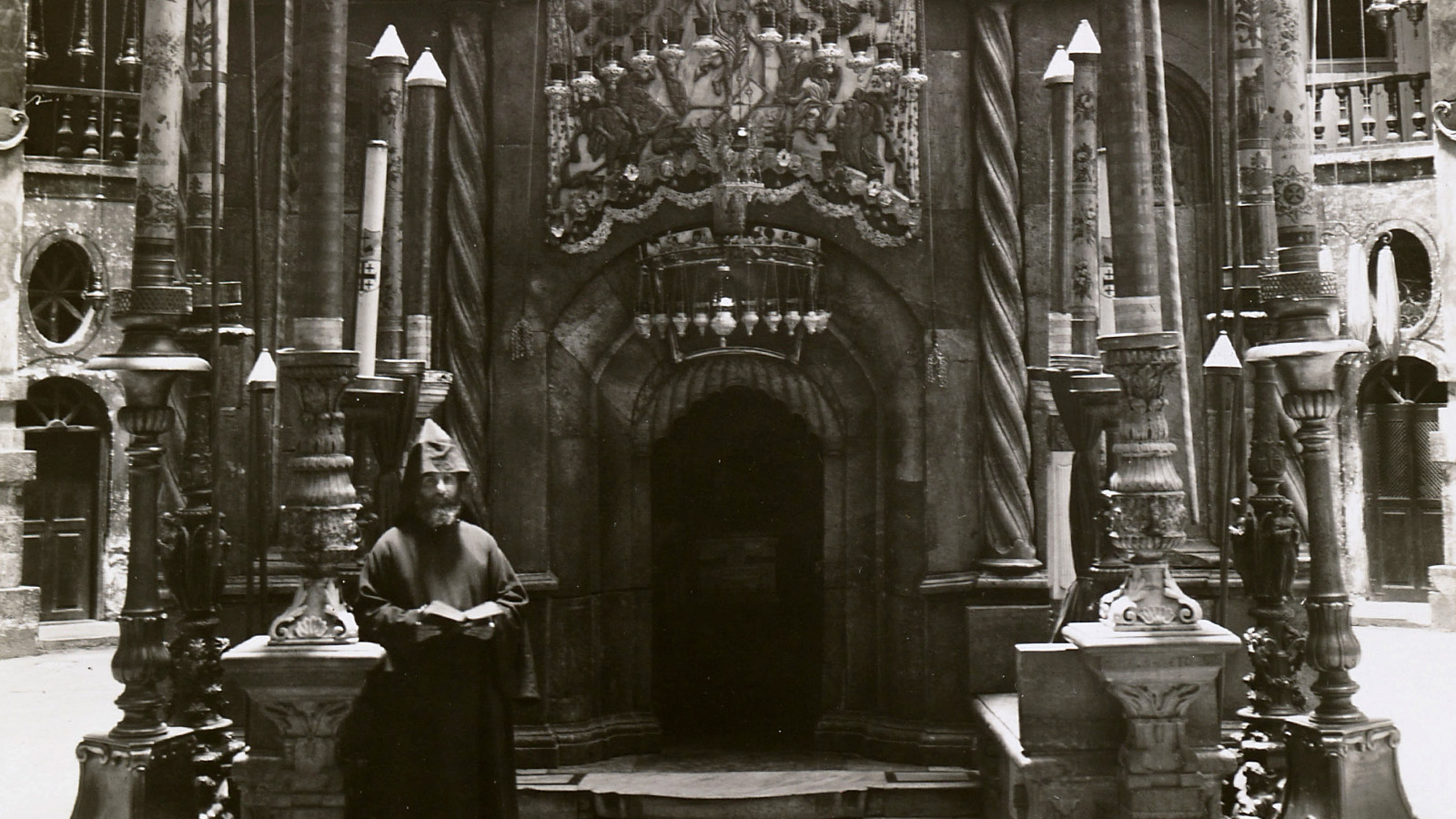
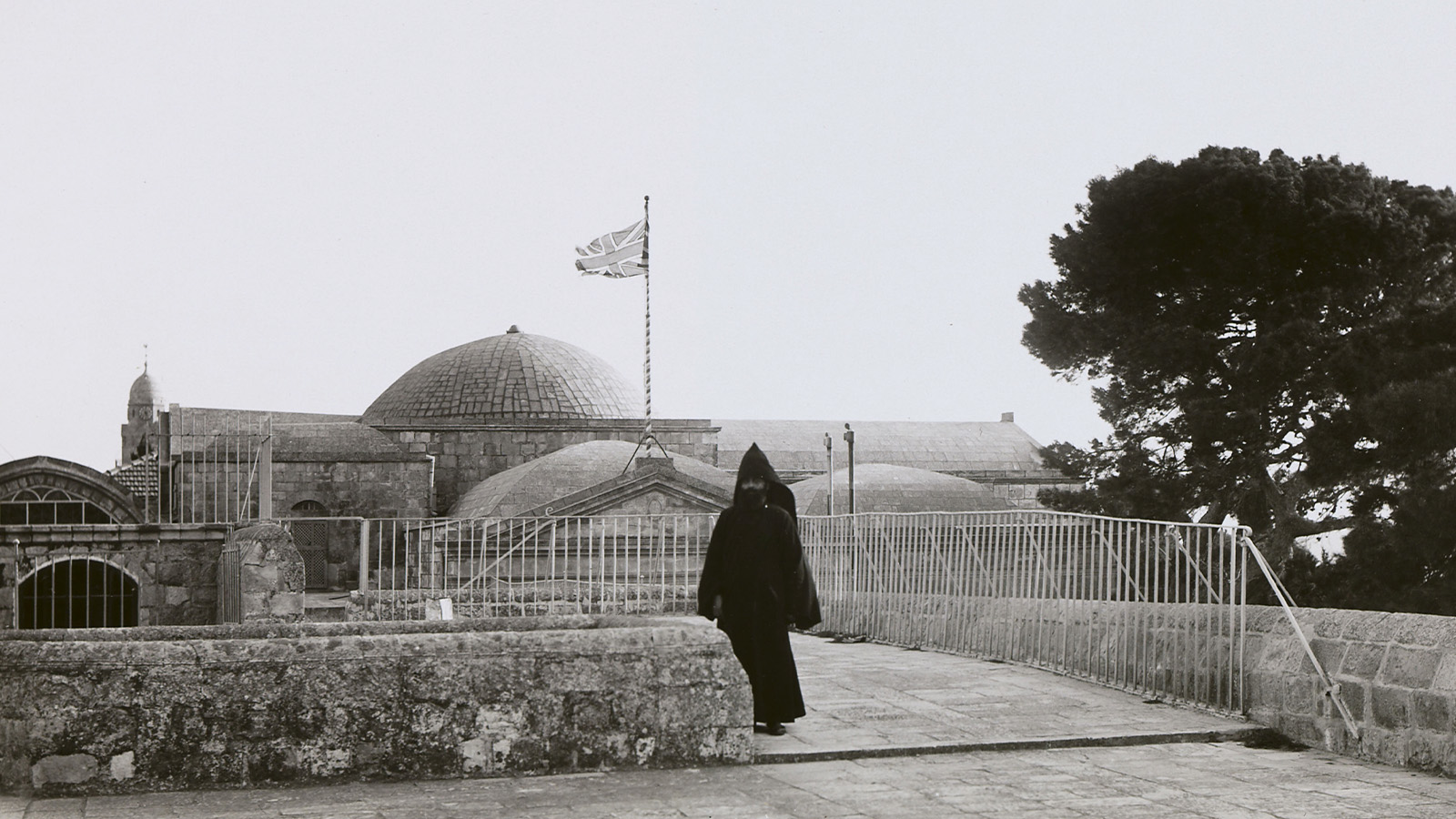
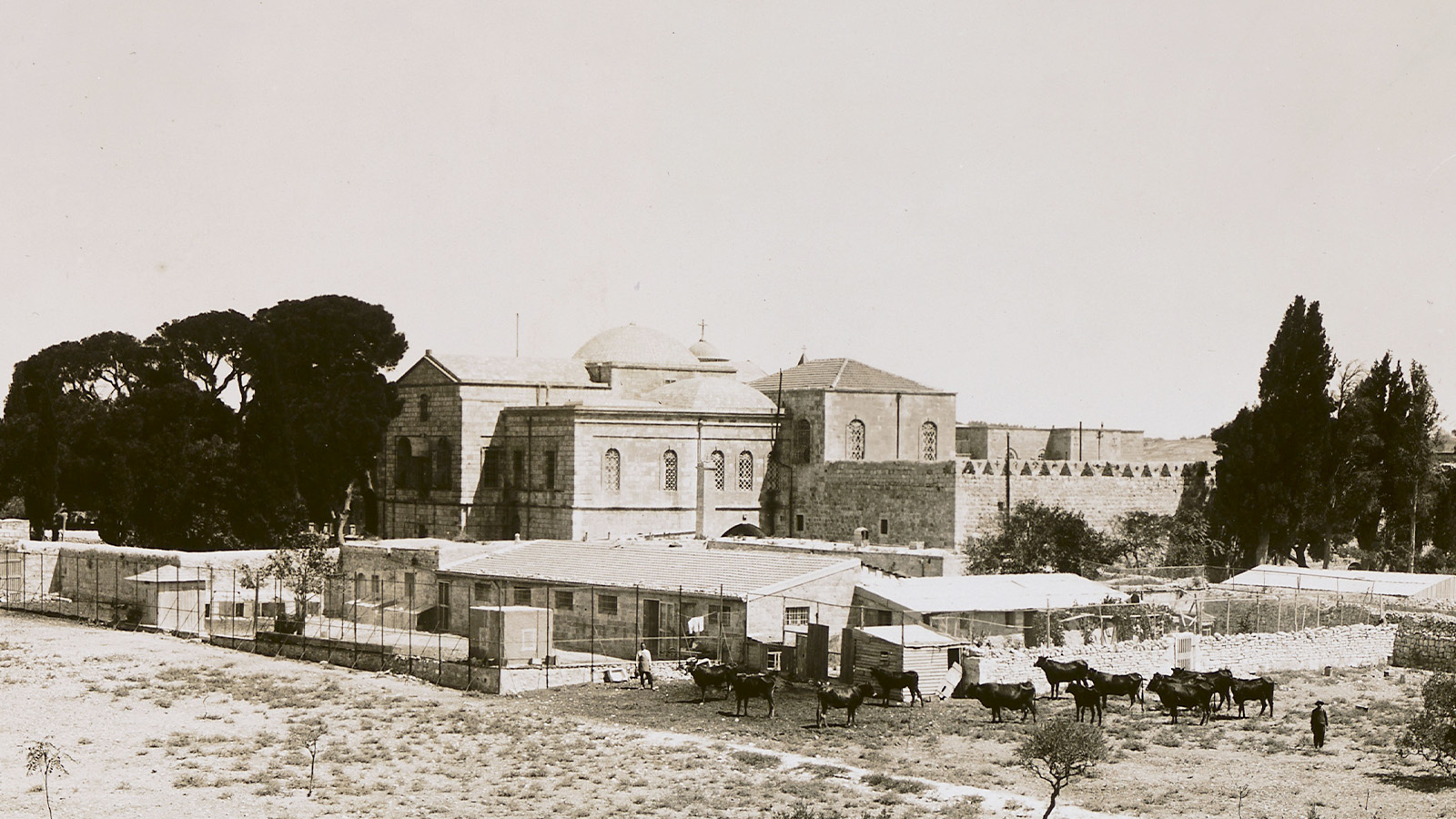

On the second day, besides a meeting with the British High Commissioner for Palestine, Gulbenkian visited the Mosque of Omar, known as the Dome of the Rock. Commending the balance of the building’s forms and proportions, and the sumptuousness, variety and quality of the decoration, the Collector noted similarities with the Hagia Sophia and possible Byzantine influences.
That day, he also returned to the Convent of Saint James and visited the cathedral’s treasury. Though disappointed with the artistic quality of most of the works, he was enchanted by the Armenian manuscripts in the Saint Theodore Manuscript Library, remarking on their extraordinary condition. After this visit, Gulbenkian received a blessing from Patriarch Torkom Koushagian at the altar of the Armenian cathedral.
His stay in Jerusalem would last just two days, as on the morning of 11 February he continued his journey towards Damascus by car. Nonetheless, the impact of Jerusalem’s spiritual, historical, cultural and artistic richness on Calouste Gulbenkian would be significant and long-lasting: ‘If I could make the trip to Palestine again, I would make a great effort to revisit Jerusalem and Baalbek,’ he revealed in his travel diary.


